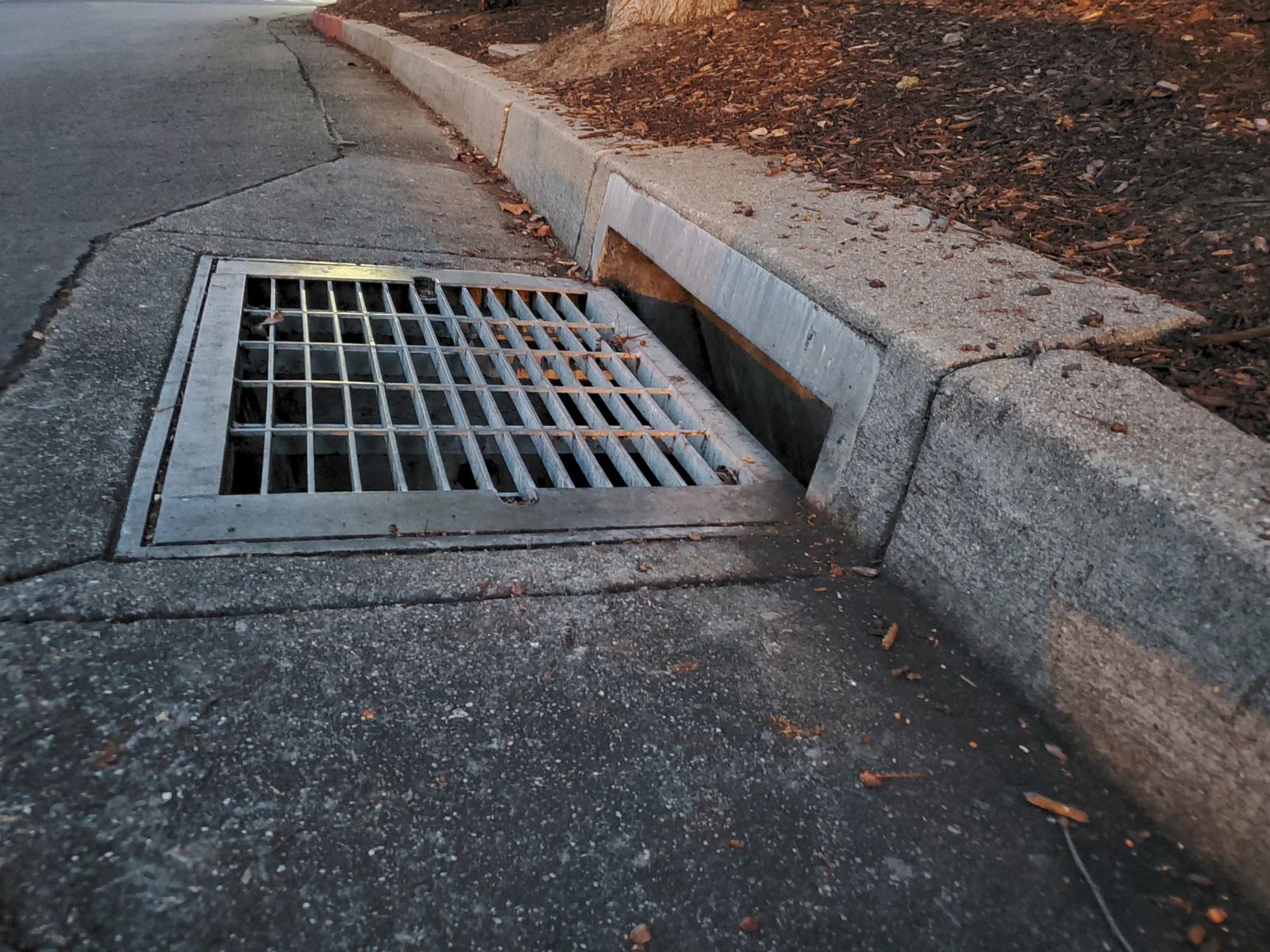Best Practices for Maintaining Your Sewer and Storm Drain Systems
August 28, 2025

When it comes to protecting your home or commercial property from water damage and costly repairs, regular maintenance of sewer and storm drain systems is essential. These systems are often overlooked until problems arise—but by then, the damage can be significant. Clean, functioning drains prevent backups, flooding, and contamination, ensuring safety and longevity for your plumbing infrastructure. Whether you're managing a residential property or a commercial facility, following a few best practices can help you avoid disruptions and costly emergencies. Here’s a comprehensive guide to keeping your sewer and storm drain systems in peak condition.
1. Schedule Regular Inspections
One of the most effective ways to maintain sewer and storm drain systems is through regular inspections. Professional assessments can identify small issues—like tree root intrusion, minor blockages, or pipe degradation—before they escalate into major problems. It’s wise to have your system inspected at least once a year, especially before the rainy season in areas prone to flooding. Timely inspections can help you plan maintenance instead of reacting to costly emergencies.
2. Keep Drains Clear of Debris
Storm drains are particularly susceptible to clogging from leaves, dirt, and trash. Make a habit of clearing away debris from around your drains, especially after storms or heavy winds. Installing drain grates or screens can also help prevent larger objects from entering and blocking the system. For sewer systems, avoid flushing non-biodegradable items like wipes, paper towels, or feminine products down toilets. Consistent cleanup can greatly reduce the risk of backups and property flooding.
3. Use Water Wisely
Excessive water usage can overload your sewer system. Practice water conservation by installing low-flow fixtures and spreading out high-usage tasks such as laundry and dishwashing. Stormwater systems also benefit when landscaping is designed to absorb more runoff—using permeable paving materials and native plants can help manage water more efficiently. Smart water use not only supports your plumbing system but also reduces utility bills.
4. Watch for Warning Signs
Be alert for signs of sewer or storm drain issues, such as slow drainage, unpleasant odors, gurgling noises in pipes, or water pooling around your yard. These may indicate clogs, broken pipes, or structural issues. Addressing these warnings early can prevent more extensive damage and expensive repairs. Catching these red flags early allows for fast, affordable fixes before they worsen.
5. Invest in Professional Cleaning
Periodic professional cleaning helps maintain optimal flow and prevents the buildup of grease, sludge, and debris. Hydro jetting is a powerful cleaning technique that removes even stubborn blockages without damaging the pipes. Routine cleaning, especially in commercial settings or older systems, can significantly prolong system life. This preventive step ensures your system stays efficient and reduces emergency callouts.
Trust the Experts for Lasting Solutions
Proper sewer and storm drain maintenance is not just a one-time task—it’s an ongoing investment in the safety and functionality of your property. For over 40
years, On Time Septic LLC
has been Irving, Texas's trusted name in sewer and storm drain care. With unmatched expertise, advanced equipment, and a commitment to prompt service, we provide reliable solutions that stand the test of time. Whether you need inspections, cleanings, or emergency support, count on us to keep your systems running smoothly, on time, every time.






